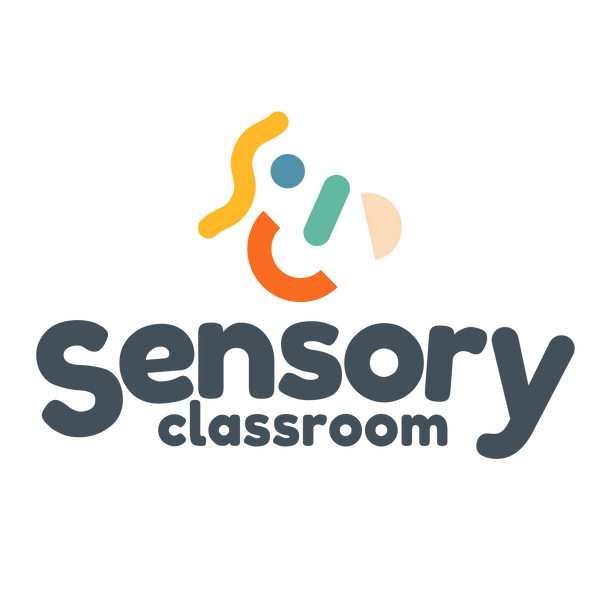Why ‘Stimming’ Might Be Communication: Rethinking Behaviour Through Intensive Interaction
We’ve all heard it.
“He keeps flapping his hands.”
“She won’t stop spinning.”
“They just rock and hum all day.”
"They are lost in their own world."
Too often, these behaviours are labelled as “stimming” — and too often, the response is: “How do we stop it?”
But what if we’re asking the wrong question?
What if those repetitive actions aren’t something to fix…
…but something to listen to?
Welcome to the world of Intensive Interaction — where behaviour is seen as a bridge to connection.
“They’re Not Ignoring You — They’re Confirming Themselves”
At its core, Intensive Interaction is about building early communication with individuals who may not speak, may not seek out connection in typical ways, or who may appear “in their own world.”
But that inner world?
It’s rich. It’s real. And it’s filled with self-confirmation behaviours.
Many of the things we call stims — flapping, rocking, vocalising — are actually the person’s way of confirming their own existence. They're building a sense of self through sensory feedback.
Think of it like this:
- A baby sneezes → adult says “bless you” → baby feels noticed.
- A non-speaking child hums → no one responds → the humming continues, because no feedback came from the outside world. So they turn inward.
They flap, spin, hum, rock — not to tune us out, but to tune themselves in.
What Intensive Interaction Actually Is
It’s not therapy.
It’s not entertainment.
It’s not a behaviour management strategy.
Intensive Interaction is about meeting a learner exactly where they are, in their world, using their language.
Instead of asking them to engage with us on our terms, we:
- Observe their rhythms
- Mirror and creatively respond to their vocalisations or movements
- Share personal space safely
- Build connection through shared sequences and turn-taking
- Honour their autonomy and consent in every interaction
This is not about changing the child. It’s about offering emotional and sensory confirmation so that they begin to reach back.
Start by Asking: “What Are They Telling Me?”
Before jumping in with plans or interventions, take a moment. Watch them. Ask yourself:
- What kind of sensory feedback are they seeking?
- Are their actions rhythmic? Repetitive? Joyful?
- What “feel-good” loop are they creating?
- Can I offer a version of that — but with me included?
That’s the starting point. Not correcting behaviour, but building trust through interaction.
Try This: A Moment of Connection Today
Choose a quiet 5-minute window and:
- Sit in the comfortable proximity of your learner without an agenda.
- Watch their movements or sounds without judgment.
- Reflect one element back to them — maybe it’s a soft hum or hand movement.
-
Pause. Wait. See what happens.
-
Repeat. Slowly. Respectfully.
You don’t need to teach. You don't need to lead or make something happen.
Just notice them.
Want to Learn More?
👉 The Intensive Interaction Training Course includes:
- An accessible breakdown of the theory
- Examples of inner vs. outer world behaviour
- A printable session record sheet
- Tips for reflection, consent, and progress tracking
- Linked videos to see the process in action
It’s perfect for early years, SEND classrooms, or families of disabled, non-speaking and neurodivergent children looking to build deeper connection.
Let’s Shift the Lens
Instead of asking, “How do I stop this behaviour?”
Let’s ask, “How can I join them there?”
Because connection doesn’t start with words.
It starts with presence.


